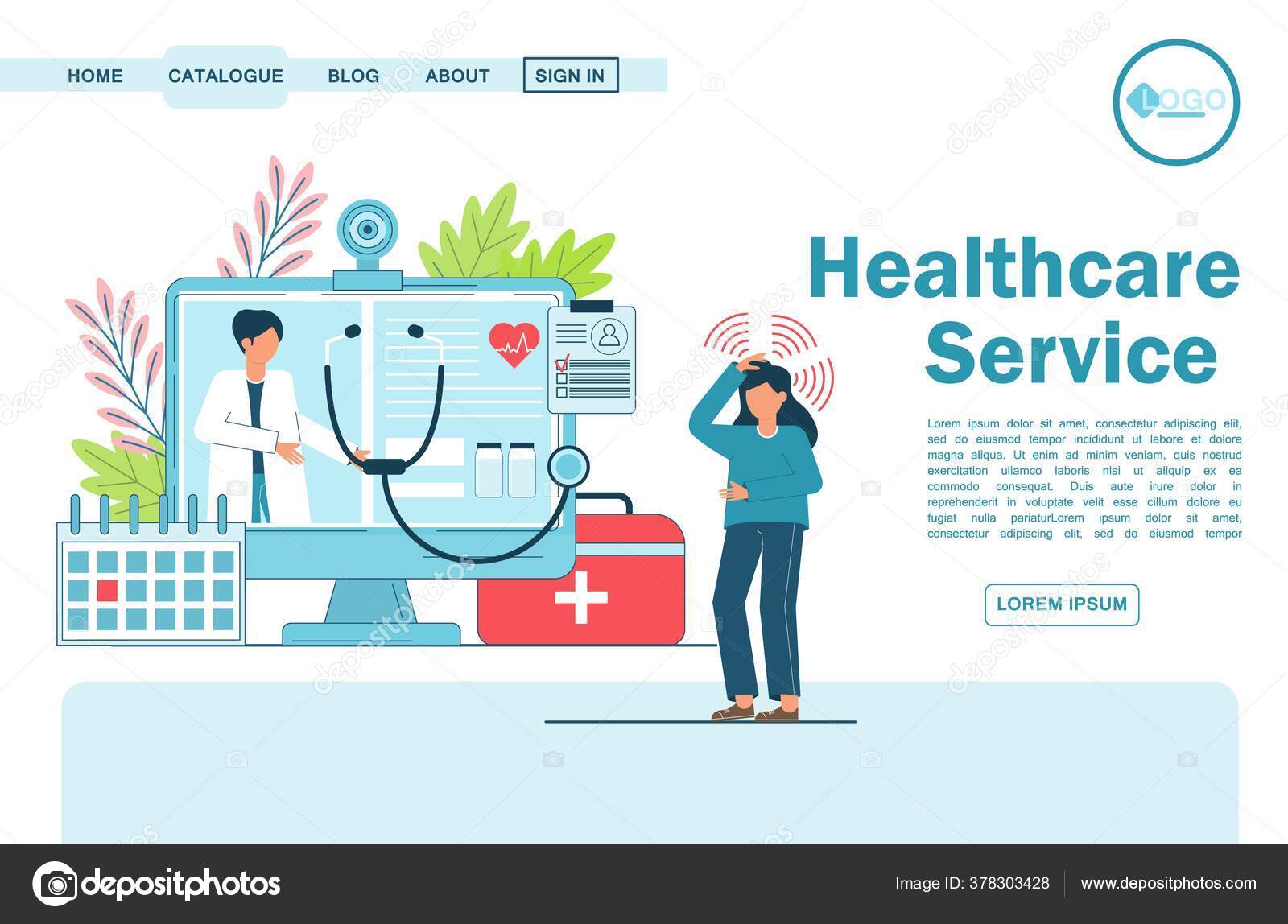Opening the Secrets of Subscription Based Healthcare for Better Patient Outcomes
Opening the Secrets of Subscription Based Healthcare for Better Patient Outcomes
Blog Article
Comprehending the Cost-Effectiveness of Subscription-Based Healthcare Versions
As the healthcare landscape evolves, subscription-based designs arise as an engaging option, assuring to redefine exactly how individuals take care of clinical expenses. Reviewing these models' cost-effectiveness requires a nuanced comparison with traditional insurance policy, considering both economic effects and client fulfillment.
Review of Subscription-Based Versions
Subscription-based healthcare designs, in some cases described as direct health care or attendant medicine, are increasingly acquiring attention as a possible remedy to ineffectiveness within conventional health care systems. These designs operate on the concept of offering individuals straight access to doctor via a annual or regular monthly cost, bypassing the requirement for standard insurance mechanisms. This setup aims to enhance patient-provider communications by reducing administrative concerns, which commonly prevent prompt and personalized treatment.
At the core of subscription-based designs is the focus on a more personalized person experience. People take advantage of improved access to their medical professionals, usually consisting of next-day or same-day appointments, extended consultation times, and direct interaction networks such as phone or video clip phone calls. This model fosters an aggressive strategy to health care, where service providers and clients can collaboratively concentrate on preventative care and persistent disease administration.

Expense Comparison With Traditional Insurance

One of the primary monetary benefits of registration designs is openness in prices. People pay a predictable cost, which can simplify budgeting and economic preparation. Additionally, these versions normally eliminate co-pays and deductibles for covered services, minimizing out-of-pocket costs. On the other hand, standard insurance may be extra beneficial for people requiring specialized care or pricey treatments not covered under a subscription version, as they benefit from the more comprehensive protection network and cost-sharing systems.
Nevertheless, cost-effectiveness is context-dependent. While registration designs could use cost savings for those mainly requiring main care, people with persistent conditions or specialized medical care needs may locate traditional insurance coverage more thorough. Therefore, evaluating specific healthcare needs and prospective use is vital in determining one of the most economical alternative for people.
Influence on Client Fulfillment
Client complete satisfaction within subscription-based health care models commonly shows a considerable enhancement over typical insurance policy systems. Unlike conventional systems, where clients might experience delays in obtaining treatment, subscription-based models ensure more prompt and direct communications with medical care companies.
Moreover, the openness in prices related to subscription-based healthcare reduces the usual stress connected to unforeseen charges and complex billing procedures seen in traditional insurance policy (subscription based healthcare). Clients value recognizing the precise monetary commitment upfront, causing boosted count on and confidence in their health care monitoring
Furthermore, the emphasis on precautionary treatment and wellness in subscription versions contributes to improved health and wellness end results, even more enhancing patient contentment. By concentrating on continuous health upkeep rather than anecdotal treatment, people experience an even more holistic and continuous healthcare trip.
Moreover, the enhanced provider-patient relationship fostered in these designs, identified by more time spent per individual and personalized focus, plays a critical role in boosting client satisfaction degrees, as patients really feel truly cared for and comprehended.
Service Provider Experiences and viewpoints
From the supplier's point of view, subscription-based healthcare models provide a transformative technique to delivering clinical services. These designs highlight a preventative and positive healthcare strategy, allowing suppliers to focus on detailed client care without the restraints of typical fee-for-service arrangements (subscription based healthcare). This shift in emphasis typically causes boosted person results and boosted service provider complete satisfaction, as medical care professionals can designate even more time and resources to patient interaction and individualized treatment plans
Furthermore, registration designs promote predictable income streams, which enhance financial stability for health care suppliers. This predictability enables improved resource planning and allotment, adding to a much more effective healthcare delivery system. Carriers can spend in staff training, infrastructure, and technology improvements, thus enhancing the high quality of treatment offered.
Nevertheless, the change to subscription-based models is not without challenges. Despite these obstacles, many providers discover that the benefits of raised individual communication and structured operations outweigh the initial challenges, making subscription-based models an eye-catching choice.
Future Potential Customers and Difficulties

A main difficulty is regulative conformity, as registration models have to abide by advancing health care plans and insurance requirements. This necessitates continuous adaptation and technology to make sure placement with legal requirements. Furthermore, integrating these designs into existing healthcare frameworks can be intricate, requiring considerable investments in technology and training.
There is likewise the potential risk of producing inequities in healthcare accessibility, as membership designs might prefer those Extra resources who can manage them, leaving prone populaces underserved. Addressing this needs thoughtful factor to consider of prices methods and subsidy mechanisms to guarantee inclusivity.
Verdict
Subscription-based healthcare versions present a viable choice to conventional insurance policy by offering financial predictability and openness, especially profiting people with chronic conditions or frequent medical care needs. The cost-effectiveness of these designs is contingent upon specific healthcare use patterns and circumstances. While they might improve individual complete satisfaction and streamline budgeting, difficulties continue to be in addressing specialized treatment demands. Future considerations include balancing extensive protection with affordability and incorporating these designs within the broader healthcare system for optimal my response results.
Subscription-based health care versions, in some cases referred to as direct key treatment or concierge medication, are significantly getting focus as a possible remedy to ineffectiveness within conventional healthcare systems. Unlike typical systems, where clients might experience hold-ups in receiving treatment, subscription-based models ensure even more direct and timely interactions with health care companies.
These models stress a positive and preventative medical care strategy, enabling service providers to concentrate on extensive individual care without the restrictions of traditional fee-for-service arrangements. As these designs continue to gain grip, they offer the potential to change person access to care, simplify solution distribution, and enhance medical care costs.Subscription-based medical care models present a sensible alternative to standard insurance policy by supplying financial predictability and openness, specifically profiting people with chronic problems or regular medical care continue reading this demands.
Report this page